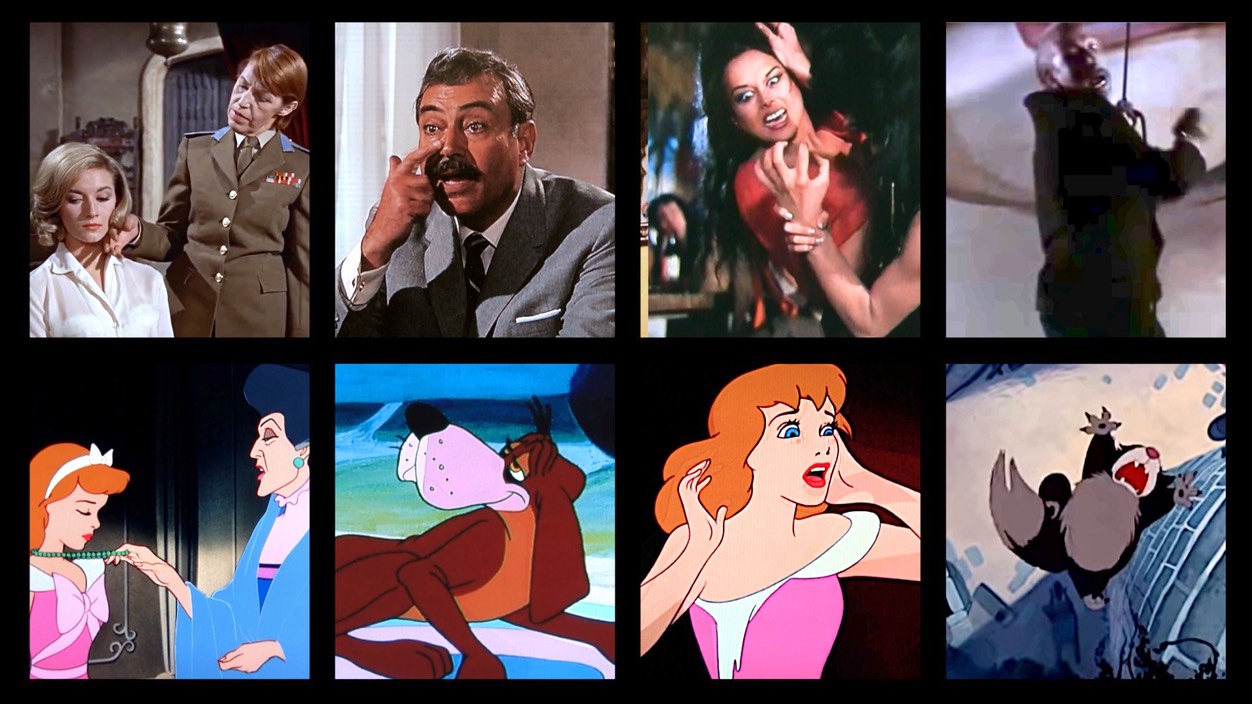
Yes, there is a flip side to Lovewellhistory.com, a subchannel that you may never have heard of called Deciphering007.com.
Around the same time Aunt Ruth introduced me to the tale of a semi-legendary distant relative named Thomas Lovewell, another aunt, one involved with the Kansas Traveling Library, handed me a recently-published novel she thought I might enjoy. It was called Goldfinger.
While this might not have been an entirely appropriate selection for a young lad in middle school, thinking back on that dust jack illustration by Richard Chopping, featuring a skull with a rose clenched in its ivory teeth and gold doubloons wedged into hollow eye sockets, I’m convinced that my dear Aunt Irene believed it was a book about pirates.
In any case I was introduced to the writings of Ian Fleming before ever getting the chance to see a Bond film, and began to notice things about the books which Fleming’s adult fan base probably tended to overlook.
For instance, Fleming’s description of Auric Goldfinger triggered a memory from a recent 6th-grade lesson on European mythology. Was it my imagination or was the author planting a suggestion that his villain was a modern vestige of that ancient race of gold-loving elves known as the Nibelung? In the book, you see, Mr. Goldfinger stands no more than five feet tall, and while he may sound like an Englishman, he was born in eastern Europe.
I also found it curious that the ending of On Her Majesty’s Secret Service so closely resembled an episode of a TV Western which had aired on NBC a year before Fleming finished his manuscript. I later wondered if it was by mere coincidence that the final chapter from the sequel to On Her Majesty’s Secret Service, You Only Live Twice, seemed eerily similar to the subplot of one of those Italian sword-and-sandal epics which had unexpectedly earned a fortune at the box office in England and America. Had Ian Fleming slipped into a matinee showing of Hercules Unchained?
I eventually came to understand that Fleming’s books are entertaining spy thrillers filled with colorful villains and outrageous capers, which have also been sprinkled with bits and baubles culled from pop culture of the era and even a few obscure and musty literary sources. His “borrowed" material probably seemed most obvious to those of us who avidly consumed network television and stood in line for Saturday matinees in the early 1960’s, and who later on actually read the assigned material from Intro to Medieval Lit.
Certain events in On Her Majesty’s Secret Service make more sense when we recognize the book as a modern retelling of the Middle-English classic Sir Gawain and the Green Knight. While it’s doubtful whether many of Fleming’s readers had ever thumbed through another antique poem of similar vintage, Sir Orfeo, it is clear that Fleming knew it well. You Only Live Twice is in part a retelling of Orfeo’s journey to rescue his abducted wife from her supernatural captivity.
You won’t catch any allusions to Sir Orfeo in the movie version of You Only Live Twice, which bears only a passing resemblance to Fleming’s book, although the 1969 film of On Her Majesty’s Secret Service is another matter. It remains my favorite screen adaption of the Gawain story.
Most movies in the Bond series tinker, not just with the plots of the various books, but with the central character. Ian Fleming’s 007 is not a superman. He is sometimes a flawed protagonist getting his richly-deserved comeuppance. He is not a universal expert. He has merely filed away a smattering of odd facts that can come in handy for getting him out of dire scrapes. The last few novels in the series trace a humbled hero’s path along the road to improvement, if not quite perfection.
In short, reading the books can provide a completely different experience than seeing the films, even when the films have been rather faithfully adapted from Fleming’s works.
In at least one case, however, simply watching the film version can lead to a clearer understanding of Ian Fleming’s creative process. This trick works best if we watch another film first. That film is the 1950 animated Disney classic Cinderella. This is not a chore; the movie is quite deservedly revered. It’s actually a lot of fun.
So, watch Cinderella while taking note of the events and characters, the assorted social strata represented in the great house ruled over with an iron hand by wicked stepmother Lady Tremaine. Watch the various unwholesome emotions that seem to flicker across the envious old lady’s eyes, and see exactly what fate befalls her evil cat Lucifer.
Then, while the animated film is still fresh in your mind, watch the 1963 film version of From Russia With Love. Again, observe the various layers of characters engaged in the events of the story: the Romani “gypsies,” Bulgars, Russians, and so on. Keep a close eye on Rosa Klebb and her unwelcome interactions with poor Tatiana Romanova. Pay attention to the way the evil Krilencu meets his doom.
The fact that for about 60% of the time you have just watched the same movie twice is not a coincidence. A large number of important characters and key interactions were transplanted from the Disney film to Fleming’s book and quite naturally found their way into the 1963 Eon production. Even the scandalous girl-fight in the Romani camp has its counterpart in Disney’s Cinderella, when the jealous stepsisters practically tear Cinderella’s gown from her body before she can leave for the ball at the Palace.
Fleming almost gives away the game when he brazenly calls Bond’s friend Kerim Bey's watery, bloodshot eyes “the eyes of a hound who lies too often too close to the fire.” In Cinderella we first see the faithful family dog Bruno, a hound with watery, bloodshot eyes, sleeping on a rug in front of the kitchen hearth. The name “Bruno,” by the way, means dark-skinned. Kerim Bey’s nickname is “Darko.”
Fleming isn’t just being a wise guy. He piles on allusions to the popular animated Disney film while building to a sobering turning point for his story: Tatiana Romanova has been lured into believing herself to be living a Cinderella story, right up to the moment when the knockout drops which she has unwittingly consumed kick in, and the tale shifts into a chilling version of “Sleeping Beauty.”
Fortunately, James Bond has been equipped with a magic sword for this very occasion, one which will leap into his hand when he needs it. Those boys at “Q” Branch are such wizards.
https://deciphering007.lovewellhistory.com
